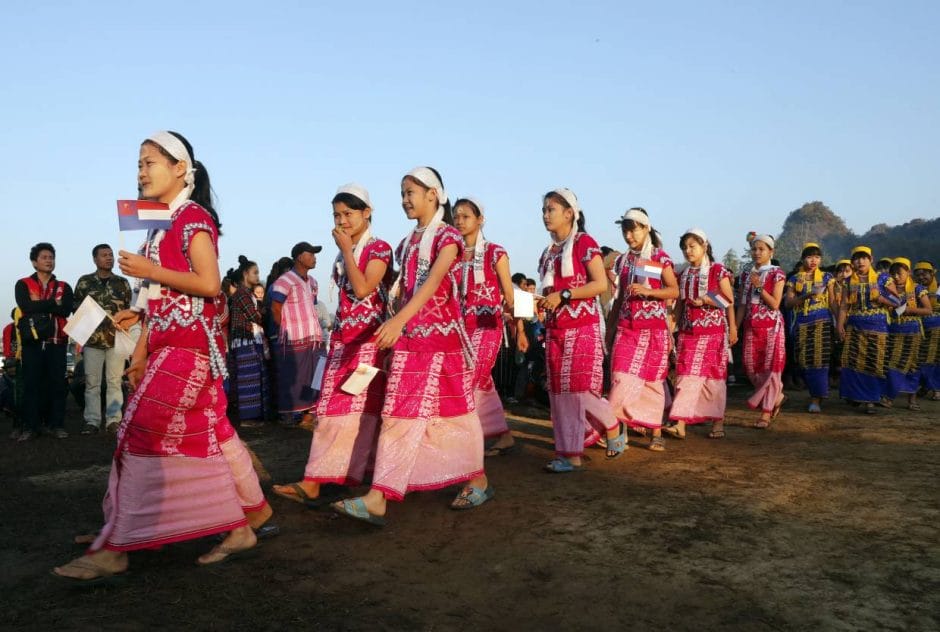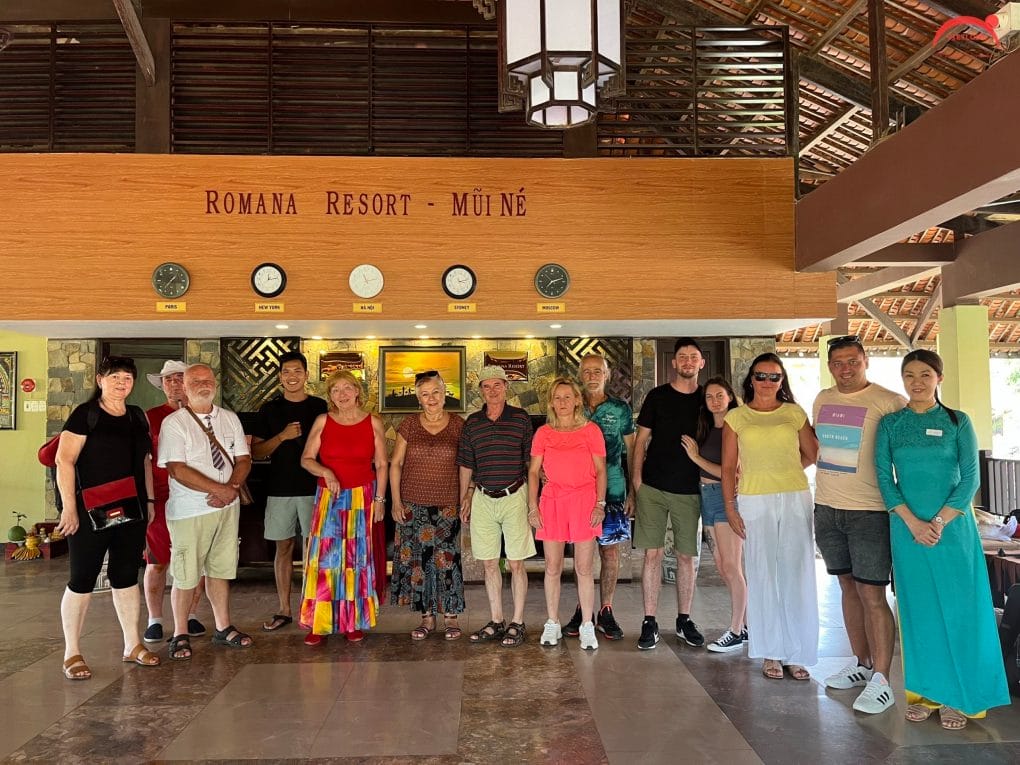MYANMAR POPULATION
Myanmar has a population of about 54 million (2020). Current population figures are rough estimates because the last partial census, conducted by the Ministry of Home and Religious Affairs under the control of the military junta, was taken in 1983. No trustworthy nationwide census has been taken in Myanmar since the 1930s. There are over 600,000 registered migrant workers from Myanmar in Thailand, and millions more work illegally.
Burmese migrant workers account for 80% of Thailand’s migrant workers. Myanmar has a population density of 75 persons per km², one of the lowest in Southeast Asia. Refugee camps exist along Indian-Burmese, Bangladeshi-Burmese and Burmese-Thai borders while several thousand are in Malaysia. Conservative estimates state that there are over 295,800 refugees from Myanmar, with the majority being Rohingya, Kayin, and Karenni.
A girl from the Padaung minority, one of the many ethnic groups that make up Myanmar’s population. Myanmar is ethnically diverse. Although the government recognises 135 distinct ethnic groups, the actual number is much lower. The Bamar form an estimated 68% of the population. 10% of the population are Shan. The Kayin make up 7% of the population. The Rakhine people constitute 4% of the population. Overseas Chinese form approximately 3% of the population. Mon, who form 2% of the population, are ethno-linguistically related to the Khmer. Overseas Indians comprise 2%. The remainder are Kachin, Chin, Anglo-Burmese, Anglo-Indians and other ethnic minorities.
Myanmar is home to four major linguistic families: Sino-Tibetan, Austronesian, Tai-Kadai, and Indo-European. Sino-Tibetan languages are most widely spoken. They include Burmese, Karen, Kachin, Chin, and Chinese. The primary Tai-Kadai language is Shan. Mon is the major Austroasiatic language spoken in Myanmar. The two major Indo-European languages are Pali, the liturgical language of Theravada Buddhism, and English.
According to the UNESCO Institute of Statistics, Myanmar’s official literacy rate as of 2000 was 89.9%. Historically, Myanmar has had high literacy rates. To qualify for least developed country status by the UN in order to receive debt relief, Burma lowered its official literacy rate from 78.6% to 18.7% in 1987. However, the U.S. Department of State estimates that functional literacy is at 30%.
Buddhism in Myanmar is predominantly of the Theravada sect intermingled with local beliefs. According to the military government, it is practised by 89% of the population, especially among the Bamar, Rakhine, Shan, Mon, and Chinese. Christianity is practised by 6% of the population, primarily among the Kachin, Chin and Kayin, and Eurasians because of missionary work in their respective areas. About four-fifths of the country’s Christians are Protestants, in particular, Baptists of the Myanmar Baptist Convention; Roman Catholics make up the remainder.
Four percent of the population practises Islam, mainly of the Sunni sect. Muslims are divided amongst Indians, Indo-Burmese, Persians, Arabs, Panthays, and Rohingyas. The Muslim and Christian populations are socially marginalised and are widely segregated. Small segments of the population practise Hinduism.







